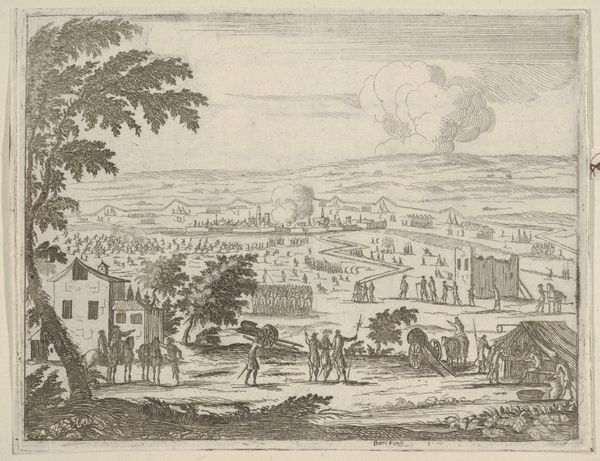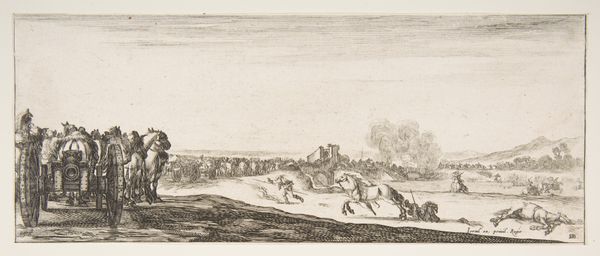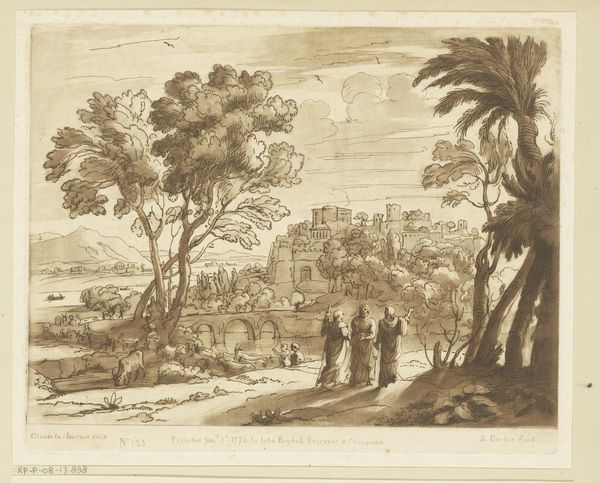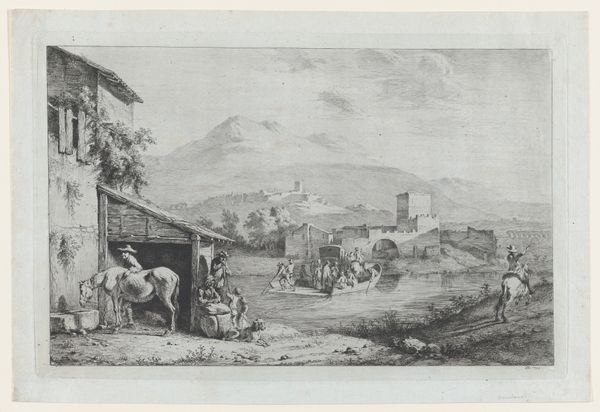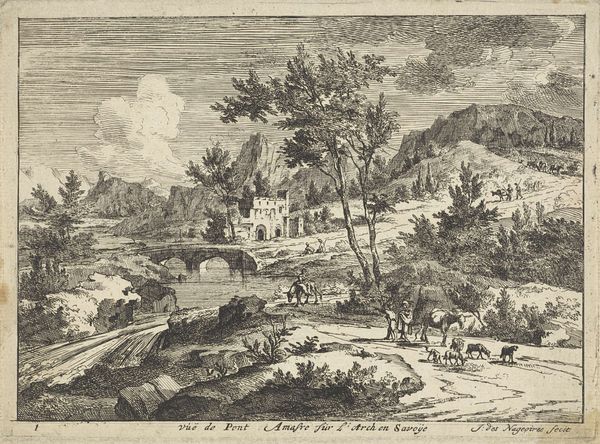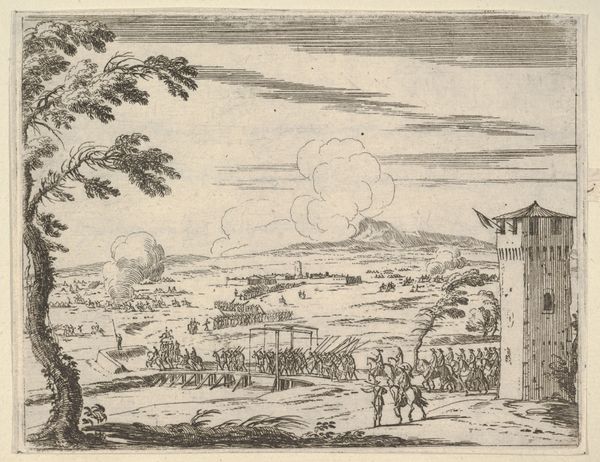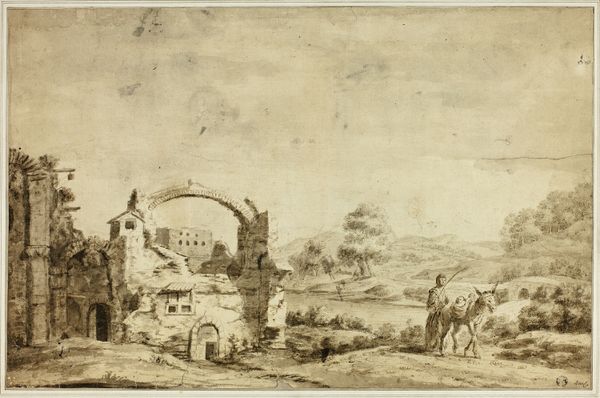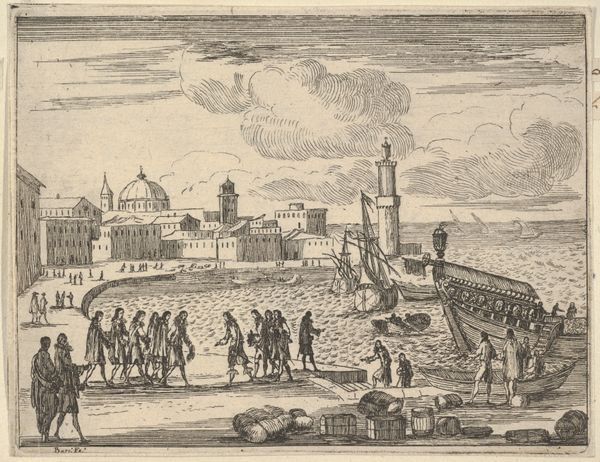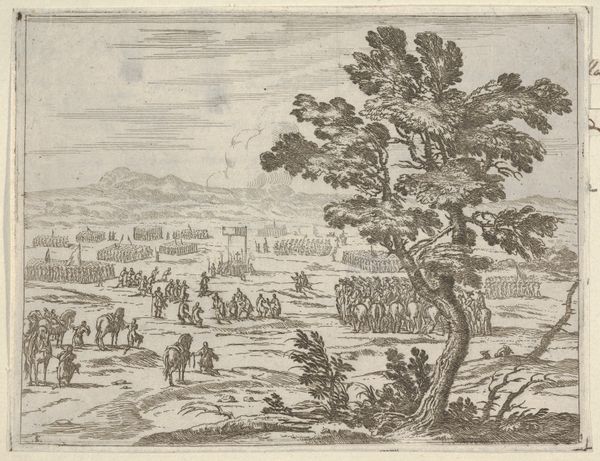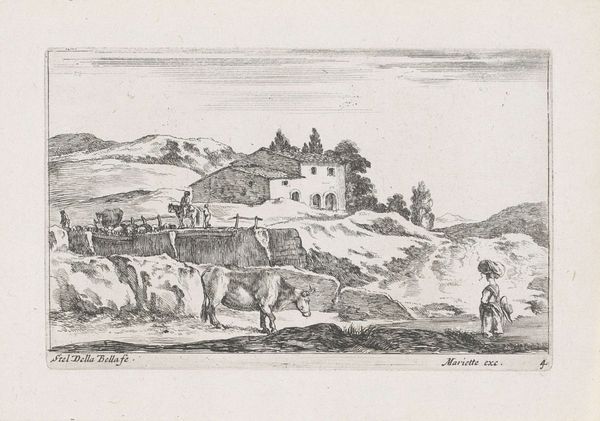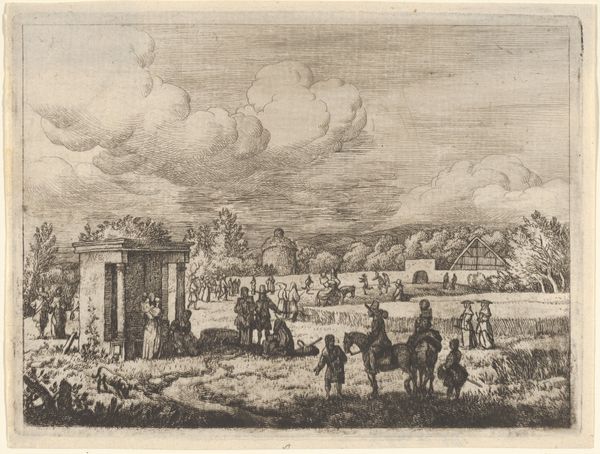![Francesco I d'Este Provides for His People During the Great Plague of 1630, from L'Idea di un Principe ed Eroe Cristiano in Francesco I d'Este, di Modena e Reggio Duca VIII [...] by Bartolomeo Fenice (Fénis)](/_next/image?url=https%3A%2F%2Fd2w8kbdekdi1gv.cloudfront.net%2FeyJidWNrZXQiOiAiYXJ0ZXJhLWltYWdlcy1idWNrZXQiLCAia2V5IjogImFydHdvcmtzL2Y0ZGQ1MDg2LWVhN2QtNDFhOS1iOGJjLWMyYzVkY2YxYzA4Ny9mNGRkNTA4Ni1lYTdkLTQxYTktYjhiYy1jMmM1ZGNmMWMwODdfZnVsbC5qcGciLCAiZWRpdHMiOiB7InJlc2l6ZSI6IHsid2lkdGgiOiAxOTIwLCAiaGVpZ2h0IjogMTkyMCwgImZpdCI6ICJpbnNpZGUifX19&w=3840&q=75)
Francesco I d'Este Provides for His People During the Great Plague of 1630, from L'Idea di un Principe ed Eroe Cristiano in Francesco I d'Este, di Modena e Reggio Duca VIII [...] 1659
0:00
0:00
drawing, print, etching, engraving
#
drawing
#
narrative-art
#
baroque
# print
#
etching
#
landscape
#
history-painting
#
engraving
Dimensions: Sheet: 4 3/4 × 6 3/8 in. (12.1 × 16.2 cm) Plate: 4 3/4 × 6 1/4 in. (12.1 × 15.8 cm)
Copyright: Public Domain
Editor: So, this is "Francesco I d'Este Provides for His People During the Great Plague of 1630," an etching and engraving from 1659 by Bartolomeo Fenice. It strikes me as starkly balanced, with a real sense of depth achieved through detailed linework. How do you read the formal qualities of this print? Curator: It is intriguing, isn't it? Look at the composition. Fenice has divided the pictorial space into distinct zones through precise application of line. The foreground figures are rendered with tighter, more detailed etching, setting them apart from the hazier background buildings and sky created through delicate engraving. Observe how line weight is carefully modulated to simulate depth of field and create a structured composition. How would you characterize the foreground versus the background in terms of line? Editor: The foreground lines seem more definite and controlled, compared to the softer, almost atmospheric lines in the distance. It definitely flattens the piece, doesn’t it? Curator: Perhaps it also emphasizes a conceptual distance. What strikes you about how figures in this image occupy space? Editor: I'm noticing the placement of figures – isolated, interacting in small groups... there's a clear organization, like individual units making up a whole. Curator: Precisely. Consider the diagonal thrust established by the tree on the left and how it counterbalances the placement of the town and central groups on the right, leading your eye into the scene. And reflect on how that linearity enhances the thematic division: a visual partition to articulate complex relationships between space and body in an epoch of plague and fear. Editor: I see what you mean now, that controlled balance contributes so much to its meaning. The lines aren't just lines; they dictate the experience. Curator: Precisely. Paying close attention to Fenice’s control of these lines, the perspective, and balance of elements guides our understanding and response.
Comments
No comments
Be the first to comment and join the conversation on the ultimate creative platform.
